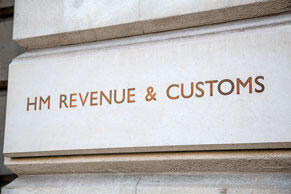Paying tax without a reference number
HMRC’s administration is suffering significant backlogs, including the issuing of new unique taxpayer reference (UTR) numbers. As the payment deadline for 2021 is fast approaching, how can a payment be made if the UTR hasn’t been issued?

The pandemic meant that many of HMRC’s staff were reallocated, which has had a knock-on effect on various departments. One area that has been affected is the processing of the SA1 form, meaning that many taxpayers are struggling to obtain a unique taxpayer reference (UTR) number, which is required to submit the tax return and to make the payment of tax. The UTR is used as the reference for the payment of the tax liability, and is used by HMRC to match the payment to the correct taxpayer.
However, it seems inevitable that some taxpayers will not receive their UTR by 31 January 2022. If that includes you, to avoid any problems you should generate a payslip online using your NI number instead of a UTR. You will then need to send this by post with a cheque payment. The cheque should also have the NI number on the reverse. This will allow HMRC to match the payment to the account and negate any possible late payment penalty.
Related Topics
-
Government rushes through NI cap on pension salary sacrifice
The government has already drafted legislation to impose a £2,000 limit on NI exempt pension contributions under salary sacrifice arrangements. What else do we know?
-
Sneaky change is a blow for side hustles
With most of the media focused on the headline-grabbing announcements from the Budget, a read of the published small print reveals another change coming in 2029. It’s bad news if you are an employee with a side hustle, but what’s going on?
-
Dodging the 2027 IHT and pension changes
In a little over a year the inheritance tax (IHT) exemption for unused pension savings comes to an end. If you’re married or in a civil partnership, one simple step might save your estate thousands in IHT. What is it?